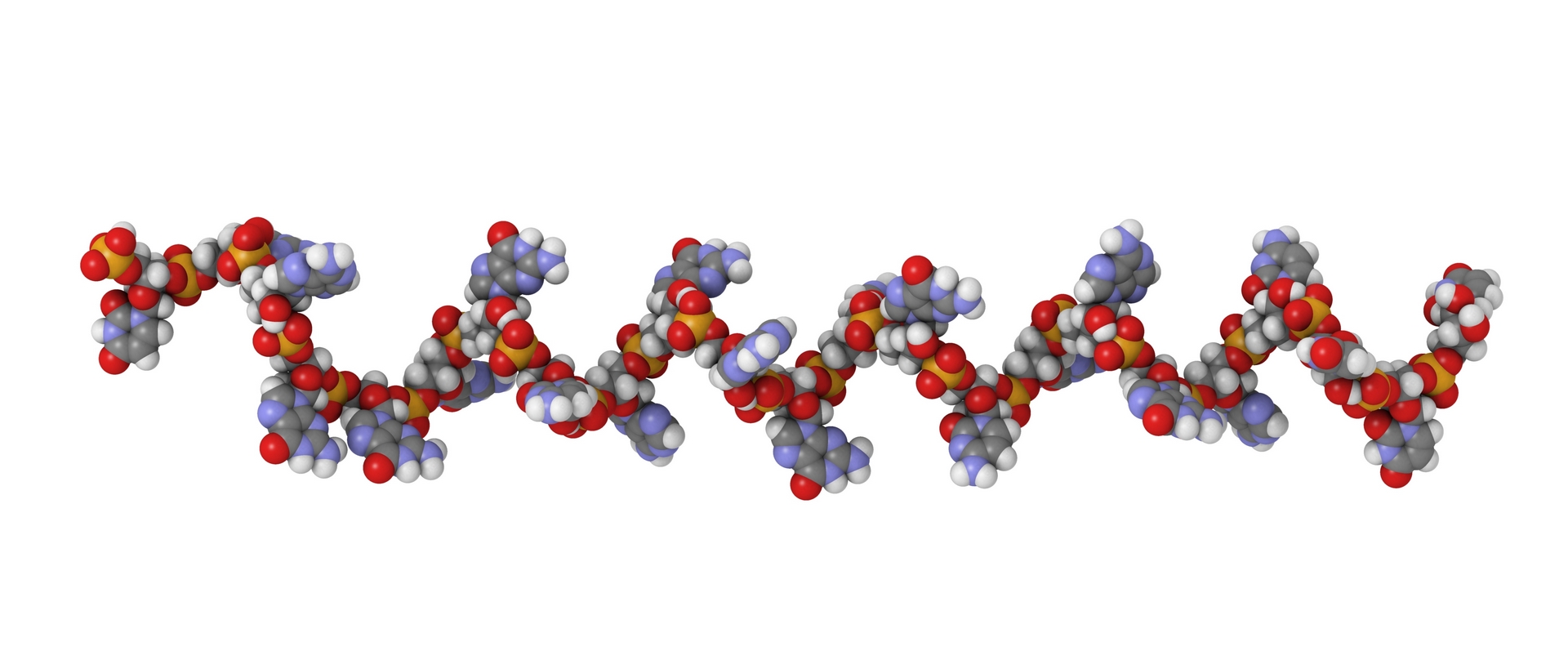
Oligonucleotides: A serious analytical challenge in terms of analytical characterisation
3rd May 2018
Oligonucleotides: A serious challenge in terms of analytical characterisation
by Arnaud Delobel, R&D Director at Quality Assistance S.A.
Oligonucleotides are a promising class of therapeutics that are now used clinically for different indications, but during the last 30 years clinical successes have been balanced with numerous setbacks. At the end of 2017, only six oligonucleotide therapies had been approved by the FDA, some of which are no longer commercialised. However, we saw a growing interest of the pharma companies for oligonucleotide drugs in the last few years, thanks to promising clinical results.
As a Contract Research Organisation (CRO), Quality Assistance is currently involved in different oligonucleotide projects. As an analytical services provider, we solely focus on the analytical characterisation of oligonucleotides and on the development and validation of methods that will eventually be applied for the routine analysis of the drug substance and drug product or for bioanalytical studies in a GMP/GLP environment.
Though less complex than recombinant proteins, oligonucleotides represent a serious challenge in terms of analytical characterisation compared to small molecule drugs. Due to their structure, the modifications done to improve the stability of the molecule and the complex pattern of process and product-related impurities, a wide range of analytical techniques must be applied. Moreover, complex systems are now used to improve the delivery of oligonucleotides, such as liposomes or polymeric nanoparticles, which adds a level of complexity in the analytical characterisation. Oligonucleotides conjugated to lipids, glycans or monoclonal antibodies are also under development.
The analytical package required for the testing of therapeutic oligonucleotides includes techniques such as LC/UV, LC/MS, NMR, circular dichroism, capillary electrophoresis, UV spectroscopy, ICP, etc. For LC-based techniques, orthogonal separation modes are often required to get a full overview of all the variants that may be present, including reversed-phase, ionexchange or HILIC. Whereas the analytical techniques available for the characterisation of peptide and protein drugs are constantly improving, less focus is put on the development of new strategies for oligonucleotide analysis.
During the last couple of years, we worked on the development of analytical methods dedicated to oligonucleotides. A part of this work focused on the optimisation of existing LC-based methods, using improved stationary phases and combining different column chemistries to get a complete view of all the variants that can be present in the final product. Mass detection was implemented in routine to bring an additional level of specificity to these methods. Our expertise in high-resolution mass spectrometry was also used for fine characterisation studies and sequencing.
Other techniques that are less common in the field of oligonucleotide analysis can also be used, and this is the case of ICP/MS. An innovative method was developed to determine the P=O to P=S ratio in phosphorothioate oligonucleotides, as an efficient and GMP-compliant alternative to NMR spectroscopy. ICP/MS can also be used for the absolute quantification of the oligonucleotide based on the phosphorus content, without the need for a reference standard.
With the growing number of oligonucleotides in development and the increasing complexity of these products, we can expect that the demand for such innovative approaches will be high in the years to come.
Click here to read the full article "Panel discussion on Oligonucleotides" in Chimica Oggi - Chemistry Today (vol.36(2) March/April 2018)
Click here to learn more on our oligonucleotides expertise and contact us for more information.